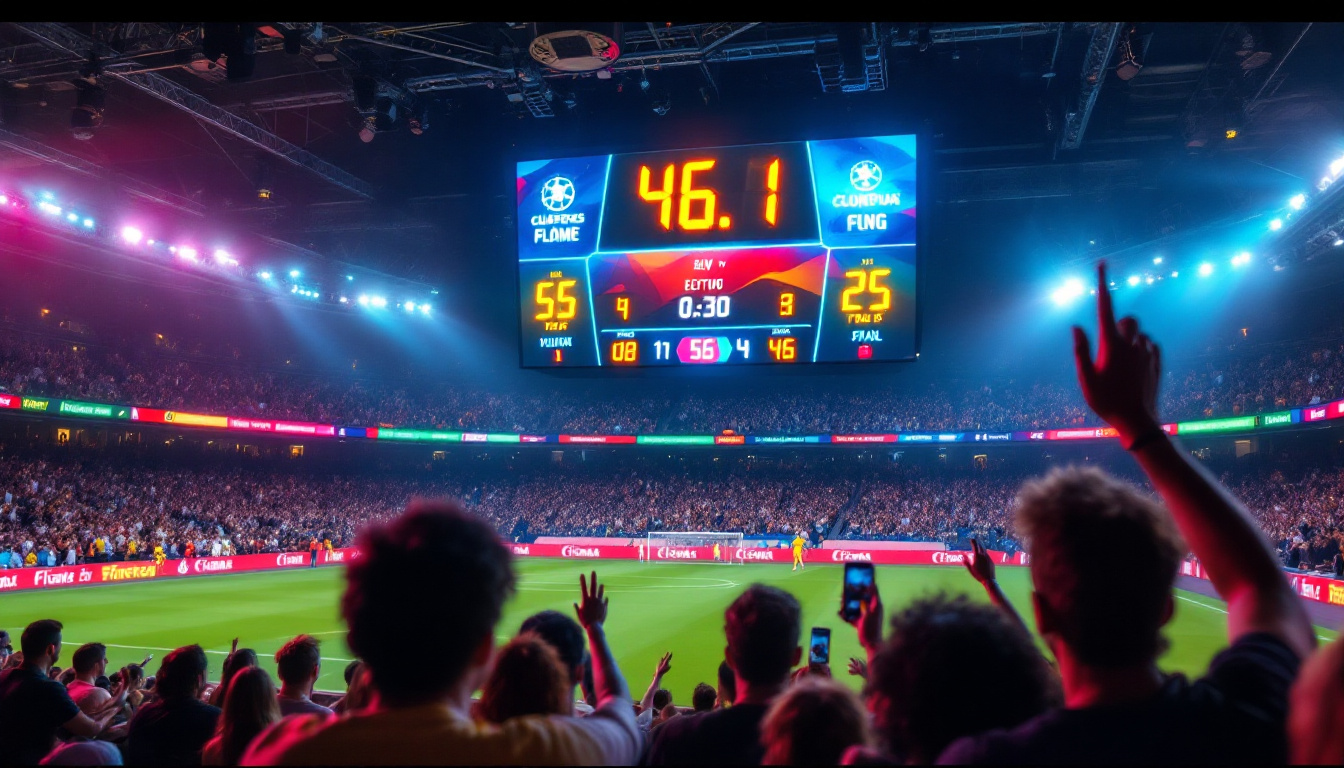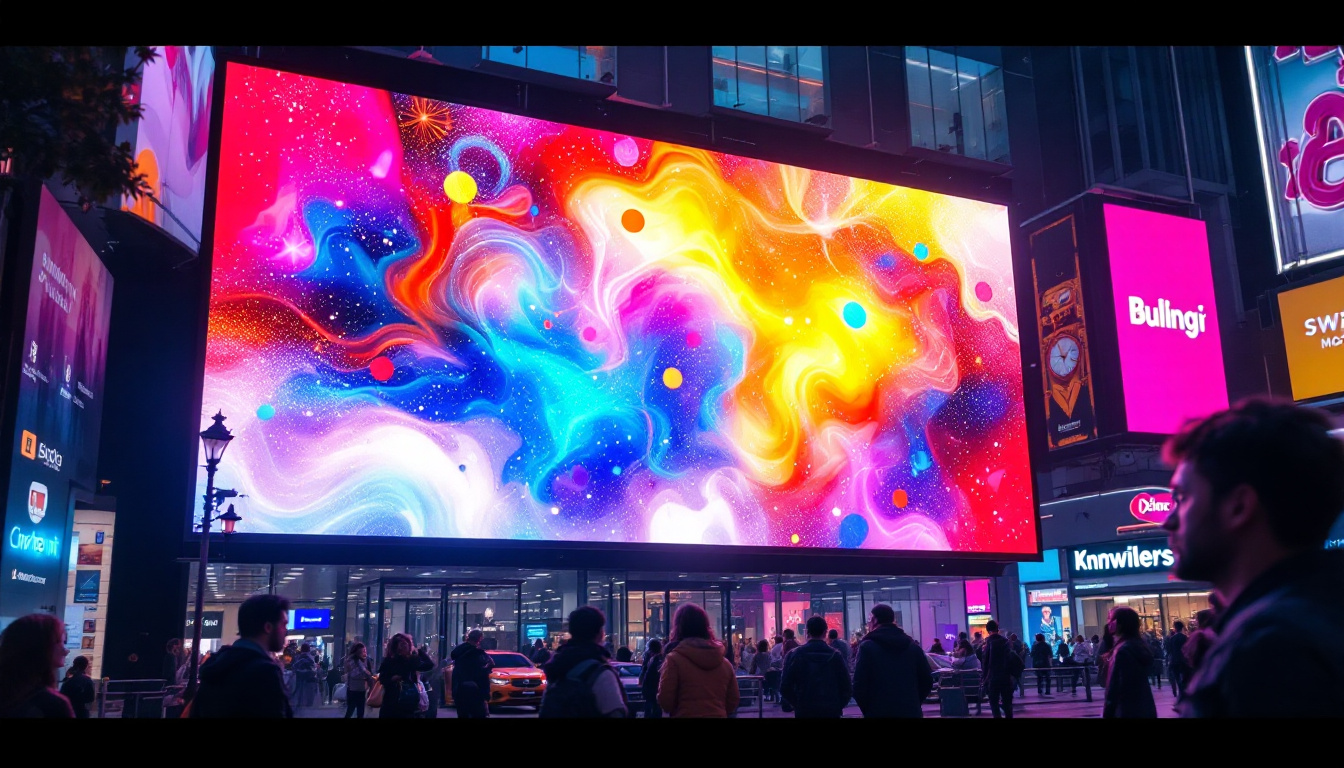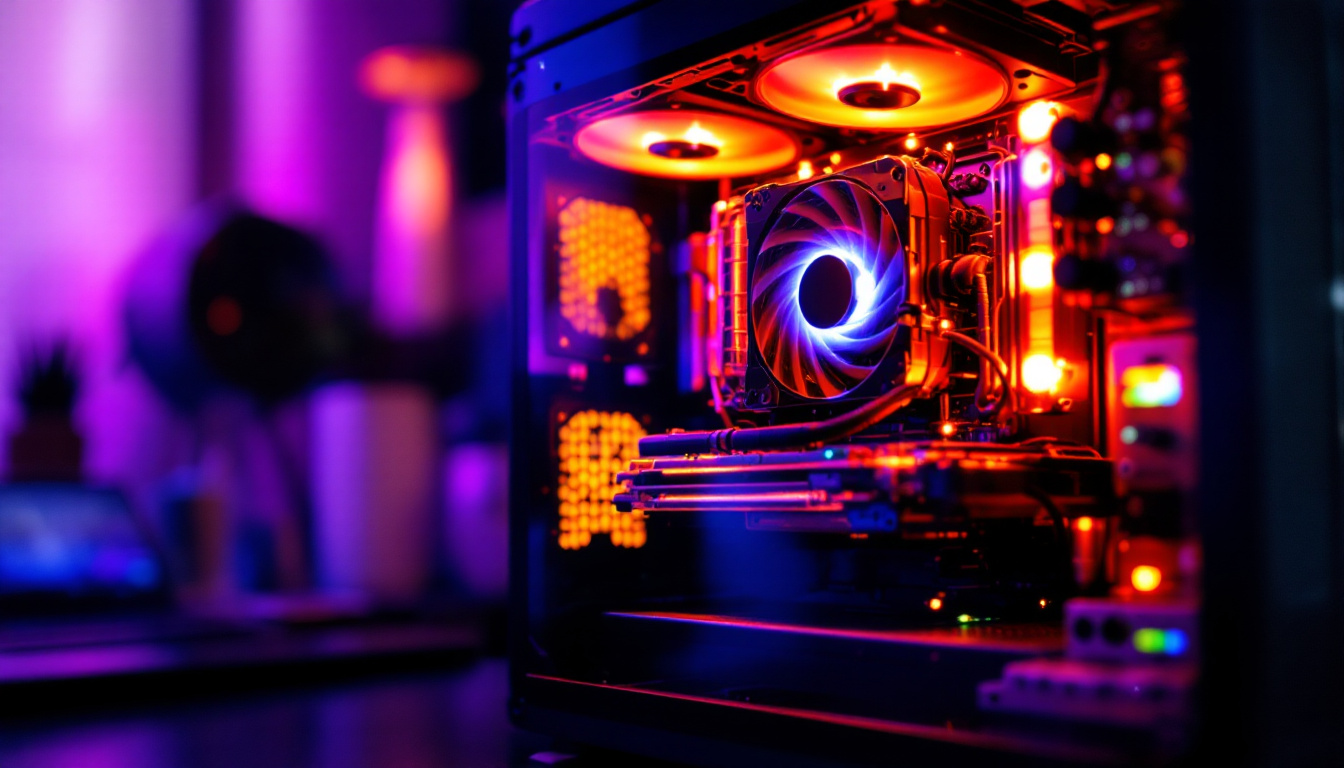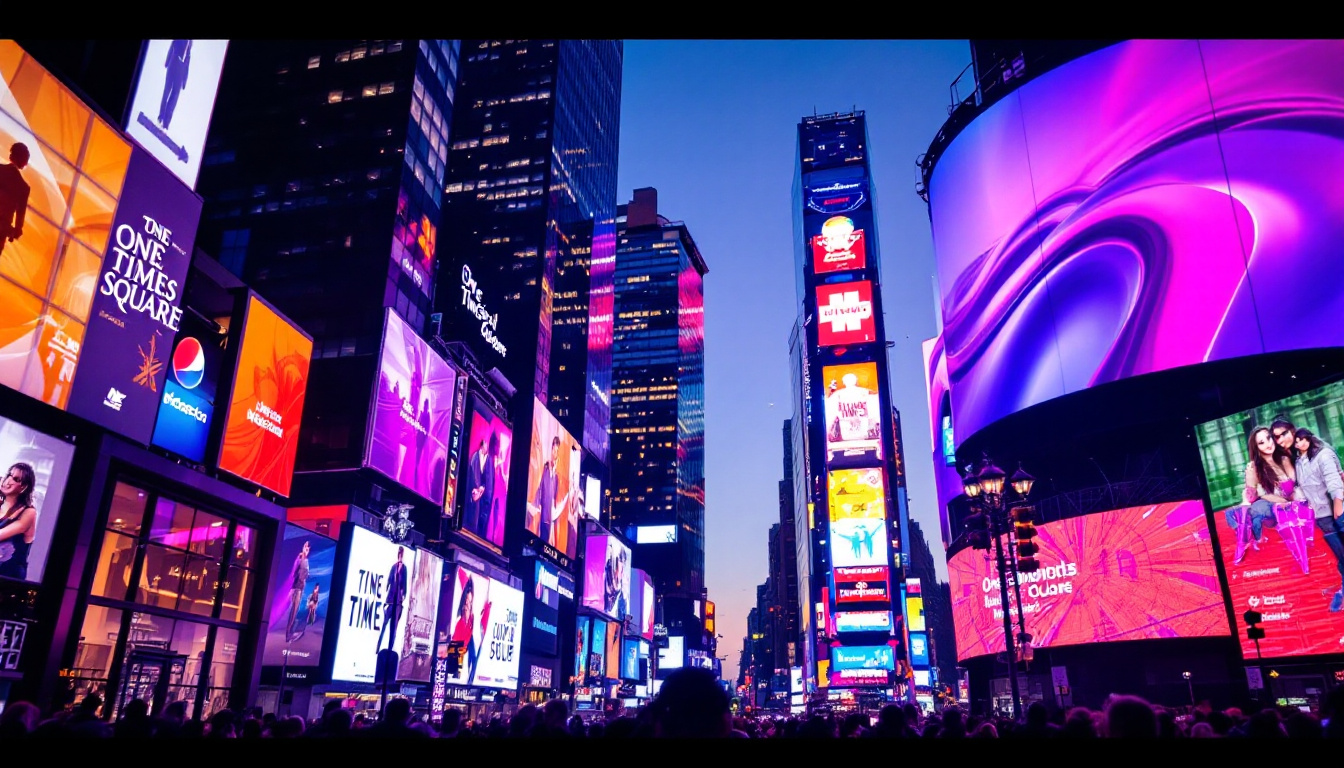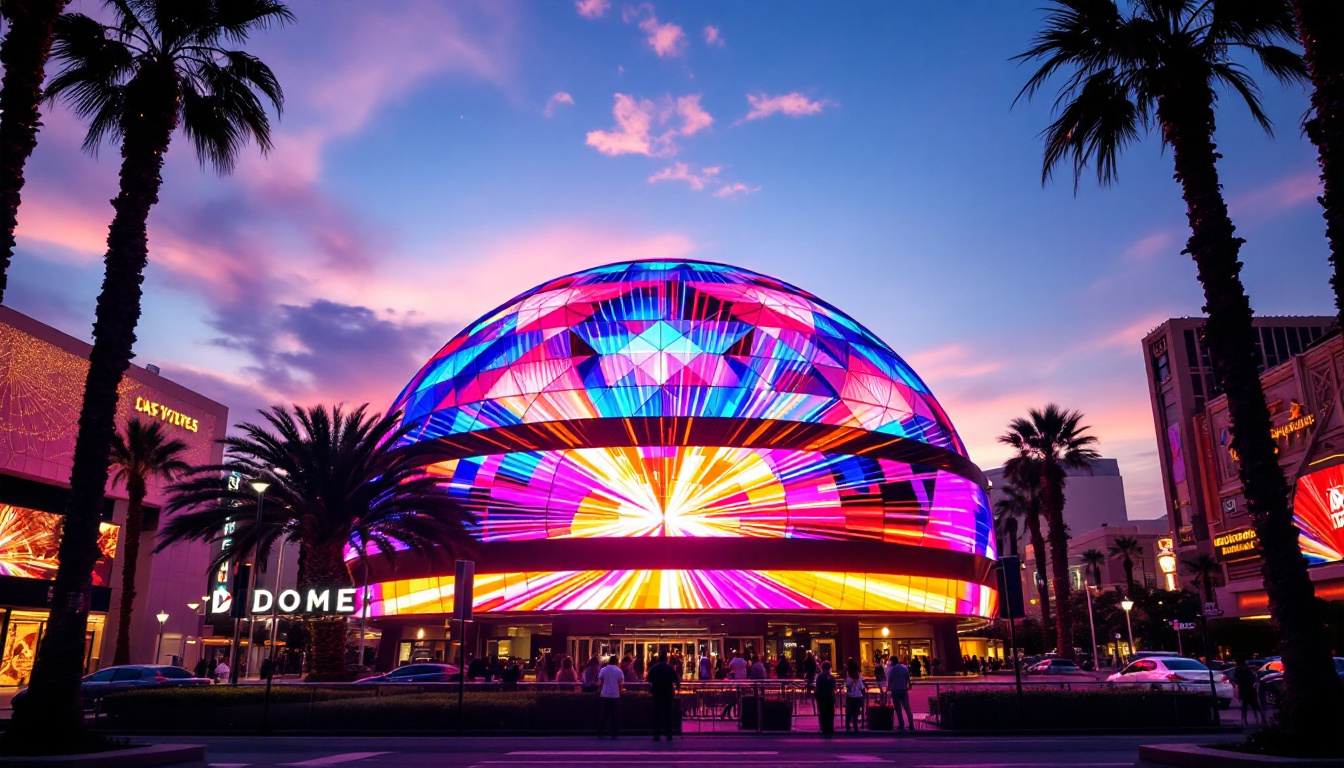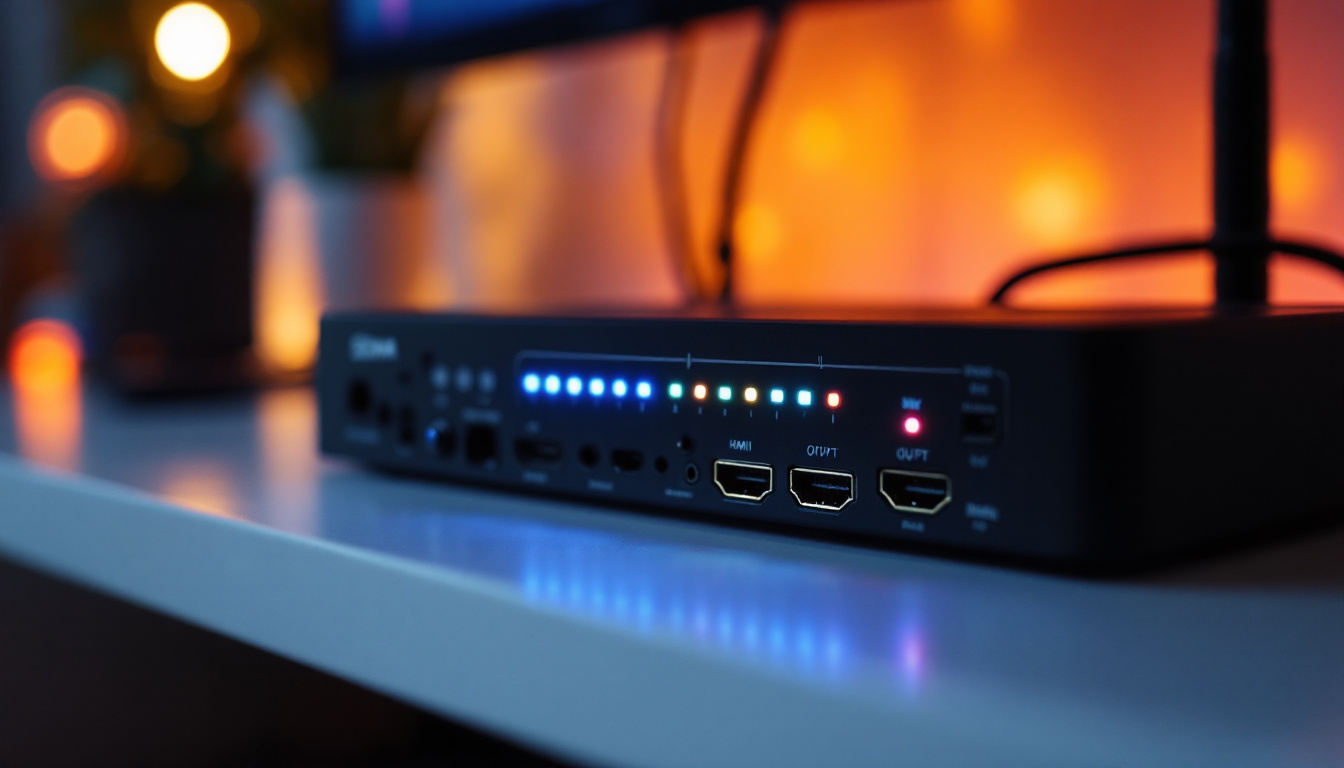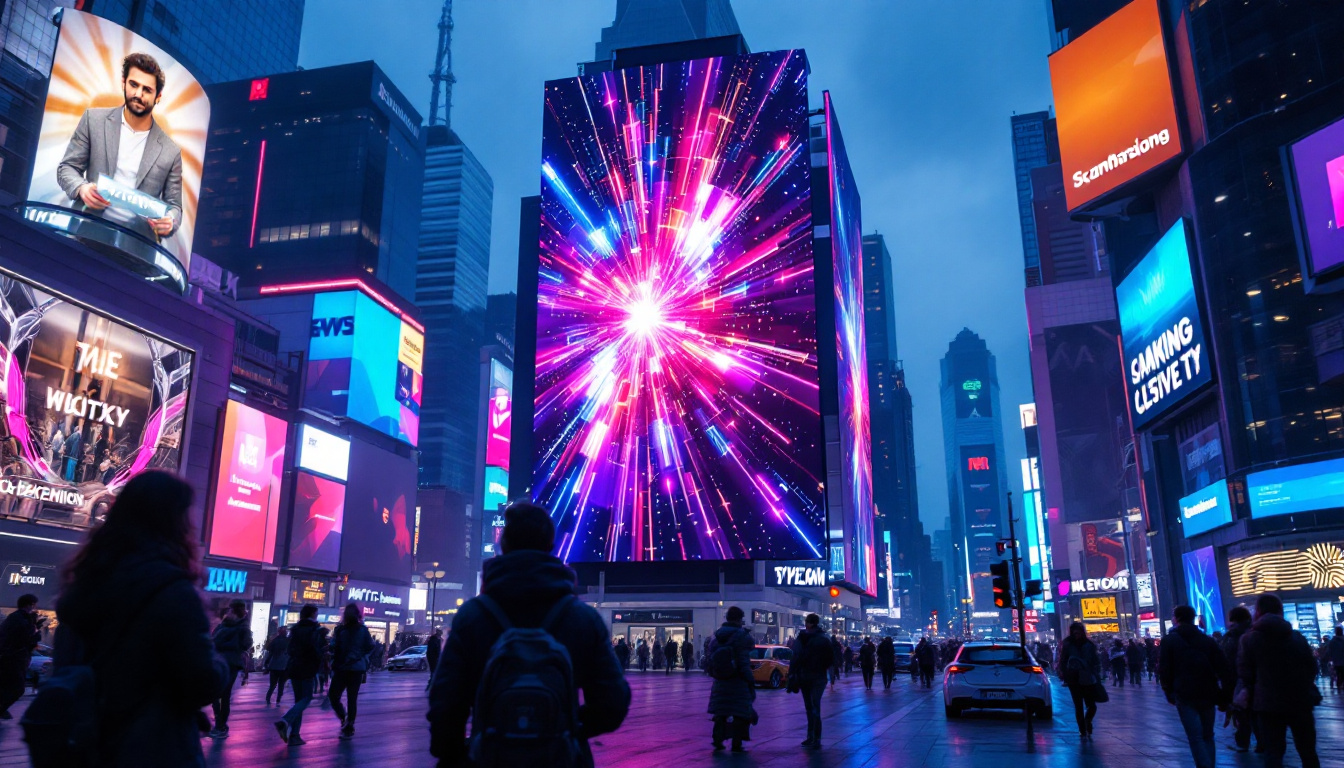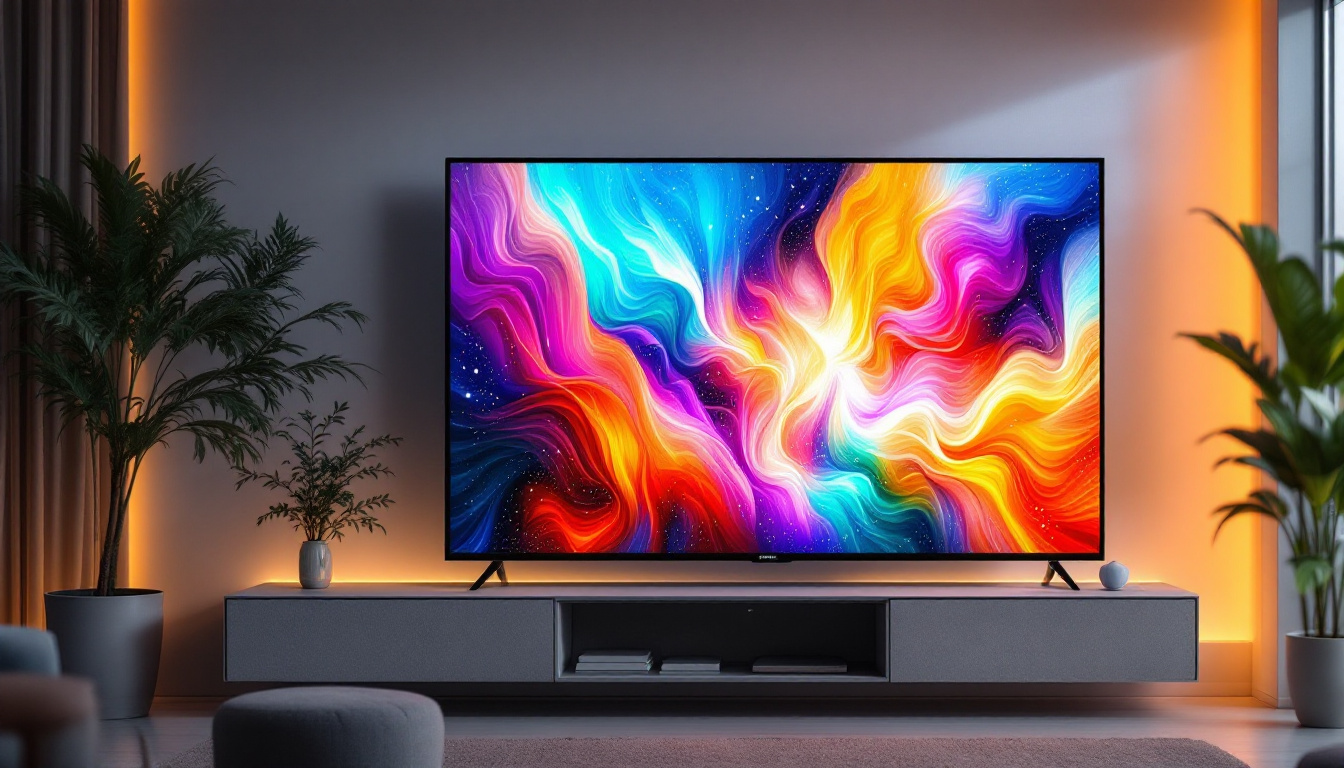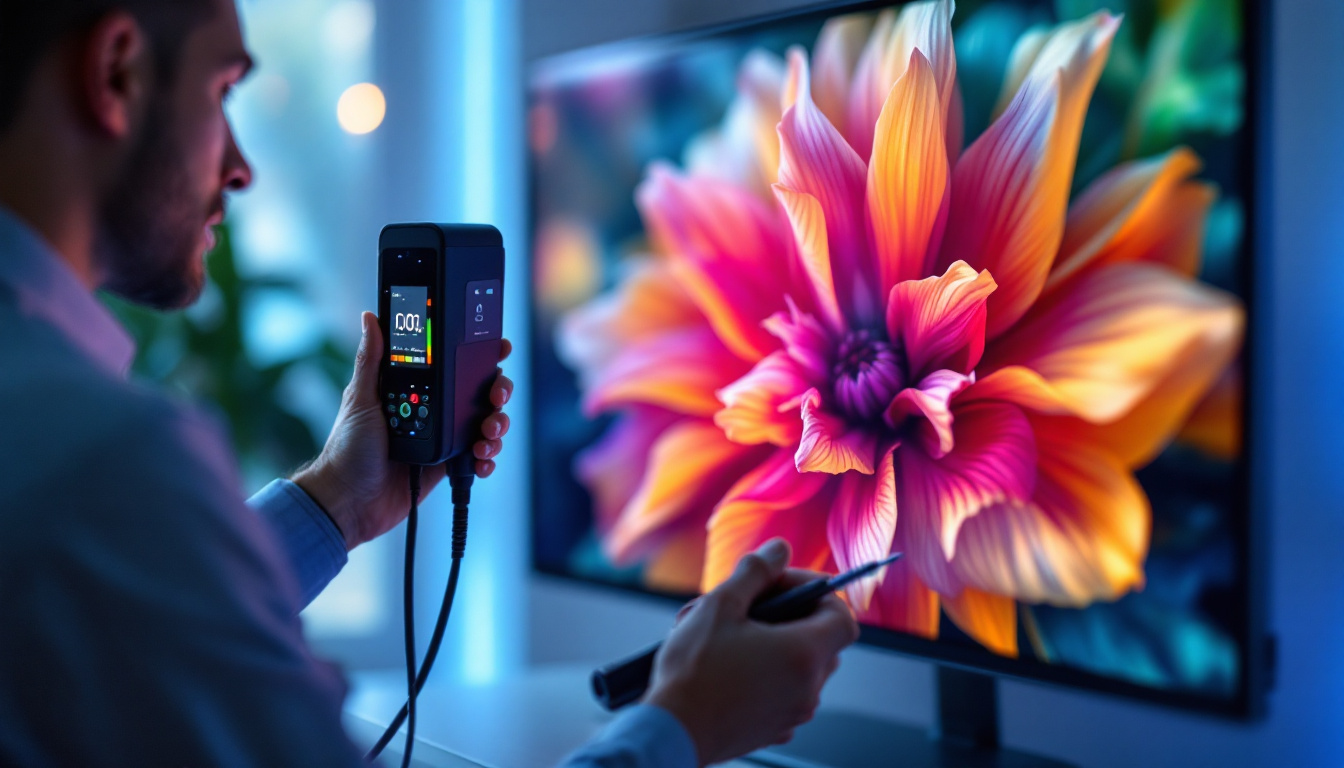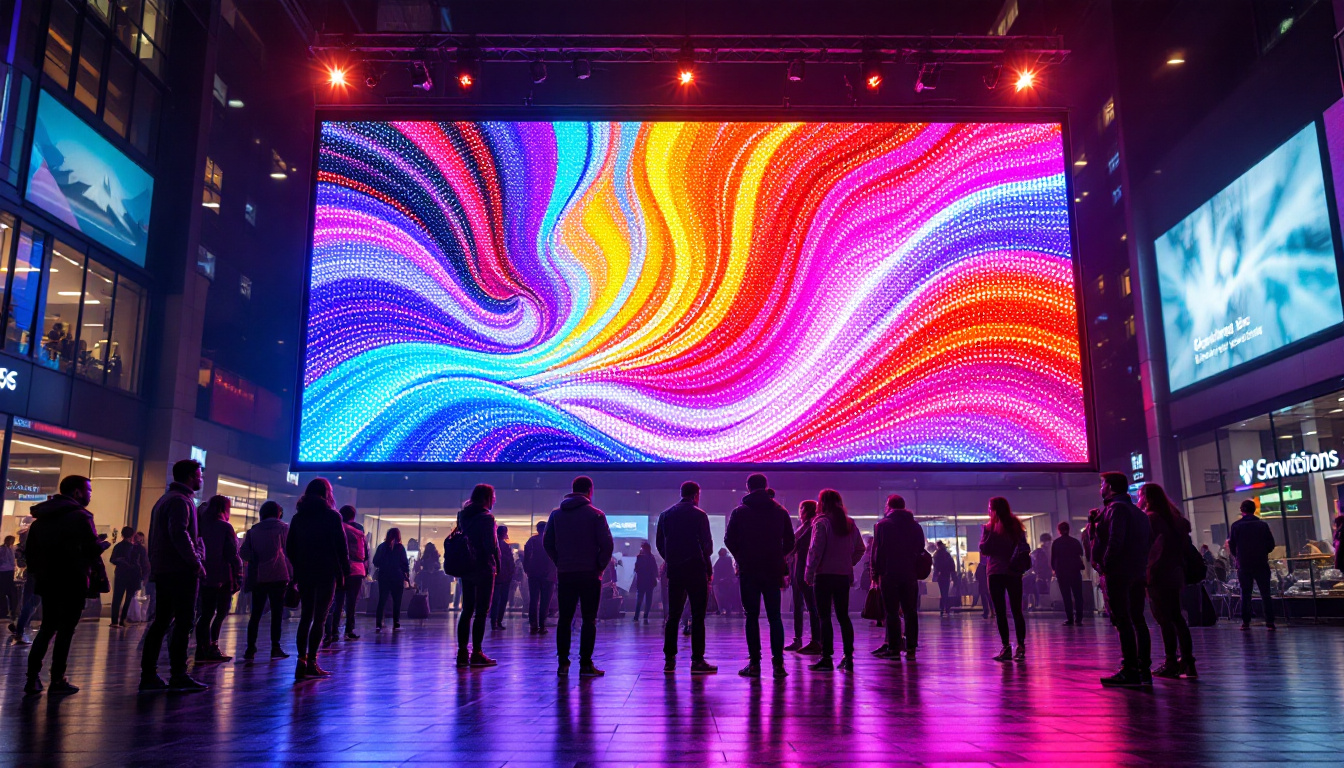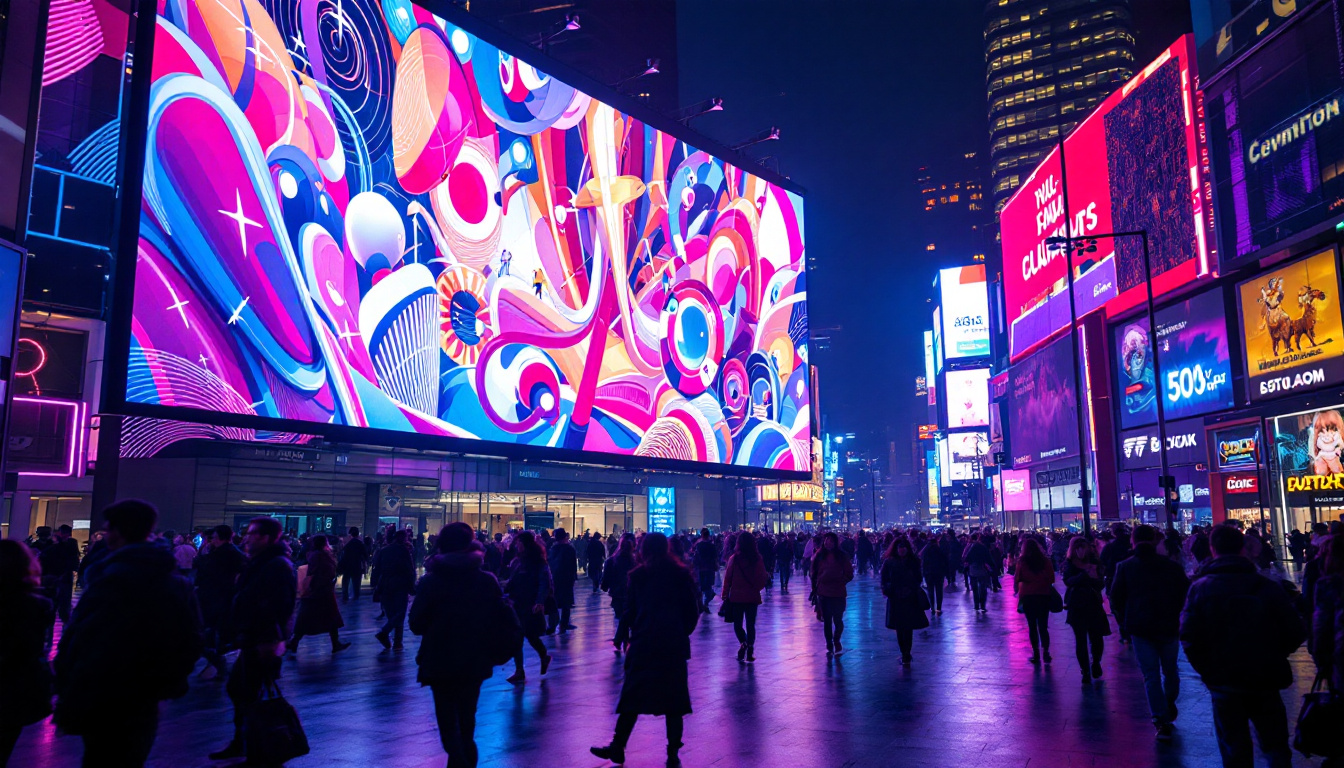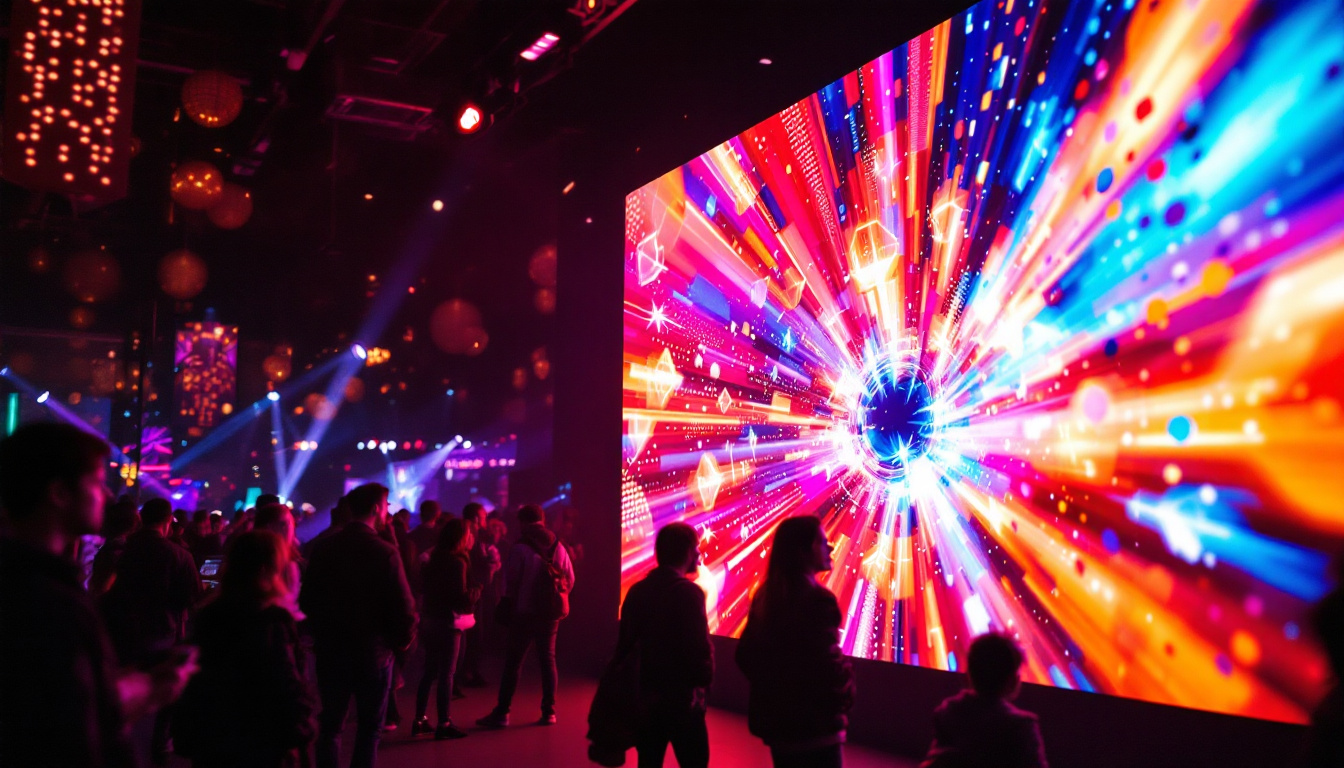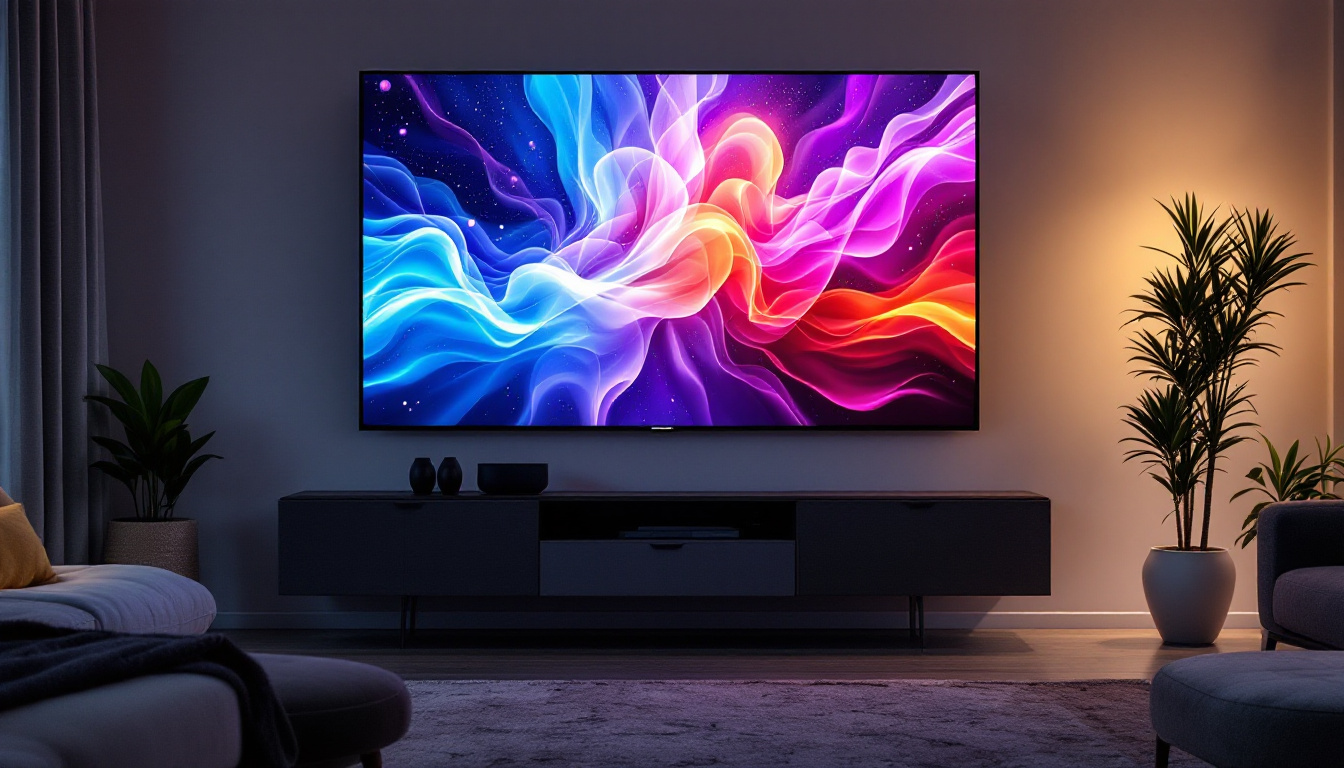If you are considering selling plasma in Portland, Oregon, you may have encountered various advertisements and promotional materials that utilize LED displays. These vibrant and eye-catching screens are not just for entertainment; they serve a significant purpose in the plasma donation industry. This article will delve into the role of LED displays in promoting plasma donation centers, the benefits they offer, and how they can influence potential donors.
The Importance of Plasma Donation
Plasma donation plays a crucial role in modern medicine. Plasma, the liquid component of blood, contains essential proteins and antibodies necessary for treating various medical conditions. From helping patients with clotting disorders to providing life-saving therapies for burn victims, the demand for plasma is ever-growing.
In Portland, Oregon, several centers actively seek plasma donors to meet this demand. As these centers strive to attract more donors, effective advertising becomes paramount. LED displays have emerged as a powerful tool for reaching potential donors and conveying important information about the donation process.
Understanding Plasma and Its Uses
Plasma is a yellowish liquid that makes up about 55% of human blood. It is composed mainly of water, electrolytes, and proteins. The proteins found in plasma, such as immunoglobulins and clotting factors, are vital for various medical treatments. For instance, immunoglobulins can help patients with immune deficiencies, while clotting factors are essential for those with hemophilia.
The process of plasma donation is similar to blood donation but involves a specific method called plasmapheresis. During this process, blood is drawn from the donor, and plasma is separated from other blood components. The remaining components are then returned to the donor’s body. This method allows donors to give plasma more frequently than whole blood, making it a valuable resource for medical facilities. Additionally, the donated plasma can be processed into various life-saving therapies, including immunoglobulin therapy for patients with autoimmune diseases and albumin for those suffering from liver failure or severe burns.
Why LED Displays Matter
LED displays are increasingly used in advertising due to their ability to capture attention and convey messages quickly. In the context of plasma donation centers, these displays can effectively communicate the need for donors, the benefits of donating, and the overall process involved. Their bright colors and dynamic content can attract individuals walking by, making them an essential marketing tool.
Moreover, LED displays can be programmed to show real-time information, such as wait times, donation incentives, and upcoming events. This flexibility allows plasma donation centers to keep their messaging relevant and engaging, encouraging more people to consider donating. Furthermore, by showcasing testimonials from previous donors or highlighting the impact of plasma donations on real patients, these displays can foster a sense of community and urgency, motivating individuals to take action and contribute to this vital cause. The integration of storytelling elements into the visual content can create a deeper emotional connection, ultimately leading to increased donor turnout and a stronger support network for those in need of plasma-derived therapies.
Benefits of LED Displays in Plasma Donation Centers
Utilizing LED displays in plasma donation centers offers numerous advantages. From enhancing visibility to providing critical information, these displays can significantly impact donor engagement and retention.
Enhanced Visibility and Engagement
One of the primary benefits of LED displays is their visibility. Placed strategically outside donation centers, they can attract the attention of passersby, drawing them into the facility. The bright, colorful visuals can create a sense of urgency and excitement around plasma donation, making it more appealing to potential donors.
Engagement is further enhanced through interactive elements. Some LED displays allow for touch-screen capabilities, enabling individuals to learn more about the donation process, eligibility criteria, and even schedule appointments directly from the display. This level of interactivity can significantly improve the overall donor experience. Moreover, by incorporating gamification elements—such as quizzes or challenges related to plasma donation—centers can foster a fun and engaging atmosphere that encourages participation and learning.
Real-Time Information and Updates
LED displays can be programmed to provide real-time updates, which is particularly beneficial for managing donor flow. For example, if a center experiences a high volume of donors, the display can indicate estimated wait times, helping individuals make informed decisions about when to visit.
Additionally, centers can use these displays to promote special events, such as donor appreciation days or community outreach programs. By keeping the content fresh and relevant, plasma donation centers can maintain interest and encourage repeat donations. These displays can also highlight success stories and testimonials from previous donors, showcasing the positive impact of plasma donation on patients’ lives, which can resonate deeply with potential donors and motivate them to contribute.
Cost-Effective Advertising
While the initial investment in LED technology may seem significant, the long-term benefits often outweigh the costs. Traditional advertising methods, such as print or radio, require ongoing expenses for each campaign. In contrast, LED displays can be updated with new content at minimal cost, allowing centers to adapt their messaging quickly and efficiently.
Furthermore, LED displays can reach a broader audience. By placing them in high-traffic areas, donation centers can engage with individuals who may not have considered donating plasma before. This increased exposure can lead to a higher number of donations, ultimately benefiting the community. Additionally, the ability to showcase real-time statistics, such as the number of donations collected or the amount of plasma processed, can instill a sense of community pride and encourage more people to take part in the life-saving mission of plasma donation.
Designing Effective LED Display Content
Creating compelling content for LED displays is crucial for maximizing their effectiveness. The right design and messaging can significantly influence potential donors’ perceptions and decisions.
Clear and Concise Messaging
When designing content for LED displays, clarity is key. Messages should be short and to the point, as viewers may only have a few seconds to absorb the information. Using simple language and avoiding jargon can help ensure that the message resonates with a broad audience.
For example, a display might read, “Donate Plasma Today! Help Save Lives!” This straightforward message quickly conveys the purpose and urgency of plasma donation, encouraging individuals to take action.
Visual Appeal and Branding
The visual design of LED content should align with the branding of the plasma donation center. Consistent use of colors, logos, and fonts can help establish a recognizable identity, making the center more memorable to potential donors.
Incorporating images or videos of real donors and recipients can also enhance emotional engagement. Seeing the positive impact of plasma donation can motivate individuals to participate, as they can relate to the stories being shared.
Call to Action
Every effective LED display should include a clear call to action. Whether it’s “Visit Us Today!” or “Schedule Your Appointment Now!” a strong call to action encourages viewers to take the next step. Providing easy-to-follow instructions, such as a phone number or website link, can further facilitate this process.
Challenges and Considerations
While LED displays offer numerous benefits, there are also challenges and considerations that plasma donation centers must keep in mind. Understanding these factors can help ensure successful implementation and operation.
Initial Investment and Maintenance
One of the primary challenges associated with LED displays is the initial investment. The cost of purchasing and installing these displays can be significant, especially for smaller donation centers. However, centers should consider the long-term benefits and potential return on investment when evaluating this expense.
Additionally, ongoing maintenance is necessary to keep the displays functioning properly. Regular checks and updates are essential to ensure that the content remains relevant and engaging. Centers should allocate resources for maintenance to avoid any disruptions in their advertising efforts.
Regulatory Compliance
Plasma donation centers must also be aware of regulatory compliance when using LED displays. local laws and regulations may dictate the size, brightness, and content of outdoor displays. It is crucial for centers to familiarize themselves with these regulations to avoid potential fines or penalties.
Moreover, advertising related to medical services, including plasma donation, may be subject to additional scrutiny. Ensuring that all messaging is accurate and compliant with industry standards is vital for maintaining credibility and trust with the community.
Competition and Market Saturation
As the demand for plasma donation grows, so does competition among donation centers. Many facilities are likely to utilize similar advertising strategies, including LED displays. To stand out in a saturated market, centers must continually innovate their messaging and design, ensuring that their displays remain fresh and engaging.
Understanding the unique selling points of each center can also help differentiate them from competitors. Highlighting specific benefits, such as donor rewards or community involvement, can attract potential donors who may be weighing their options.
Conclusion
In conclusion, LED displays play a pivotal role in promoting plasma donation centers in Portland, Oregon. Their ability to capture attention, provide real-time information, and engage potential donors makes them an invaluable marketing tool. By designing effective content and considering the challenges associated with LED displays, plasma donation centers can enhance their outreach efforts and ultimately increase donor participation.
As the need for plasma continues to rise, the importance of innovative advertising strategies cannot be overstated. LED displays offer a dynamic and effective way to connect with the community, ensuring that those in need receive the life-saving treatments they require. By embracing this technology, plasma donation centers can contribute to a healthier future for all.
Illuminate Your Message with LumenMatrix
Ready to elevate your plasma donation center’s visibility and impact? Discover how LumenMatrix’s innovative LED display solutions can transform your outreach and engagement efforts. From captivating Indoor and Outdoor LED Wall Displays to specialized solutions like Vehicle LED Displays and LED Sports Displays, LumenMatrix offers a spectrum of options to bring your message to life. Embrace the power of visual communication with our All-in-One LED Displays or Custom LED solutions tailored to your unique needs. Visit LumenMatrix LED Display Solutions to learn more and start creating unforgettable visual experiences today.




